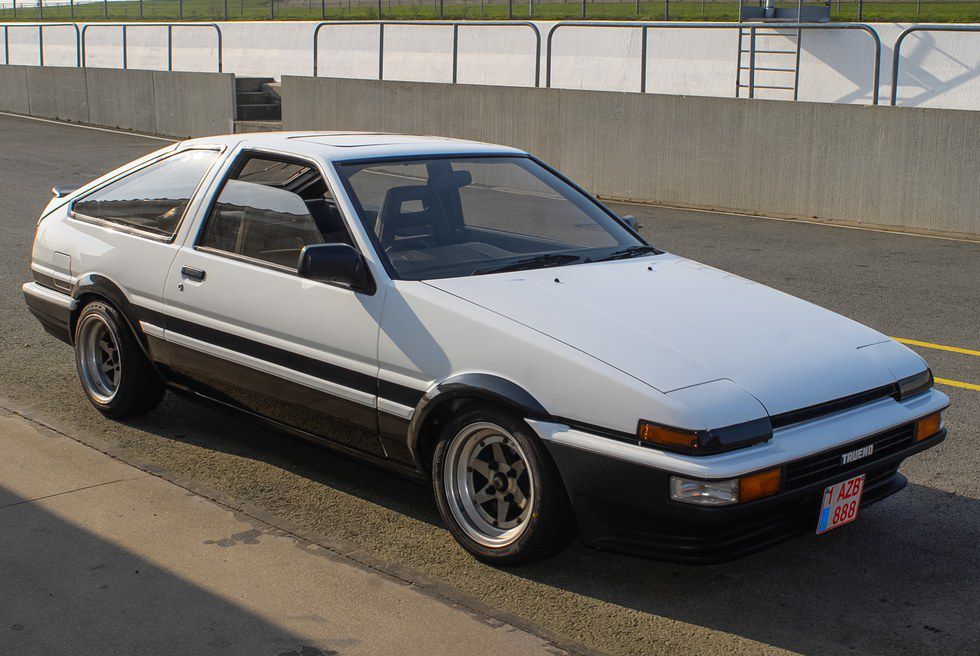
For car enthusiasts, the most important thing about cars is not just speed (contrary to the popular belief,) it’s about the purity of the driving experience. We want our engines to wake up when we push the gas pedal and sing into our ears while wafting us forward to the horizon. We want that connection between man and machine; we want to read the pavement through the steering wheel and feel the car pivot through corners with agility and vigor. When all of those sensations come together, the car feels alive—it feels like the car is an extension of yourself. It is an absolutely magical feeling.
But modern cars simply can’t deliver this sensation or excitement, because the driver’s inputs are now dictated by sensors and software, controlling every aspect of driving. You might say that’s not a bad thing since they can do neat things like adjusting your speed to maintain safe a following distance with the car ahead, or parallel park for you (yes that’s a real thing, and yes, it’s about as great as it sounds,) and you’re right, it isn’t, but enthusiasts can’t help but to feel that their connection with their car has been interfered or even robbed from them completely. Older vehicles don’t have that. They don’t have to be approved by an electronic brain before it does what you want it to. You and your hands and feet have complete control of the car. It feels organic, it feels analog, it feels human and it feels fantastic.
An old car is—as anyone who owns and drives an old car will tell you—a relationship; it has ups and downs. They would work fine one moment and then go wrong the next moment, and when it happens it’s a pain. As I mentioned before, my Mazda Miata broke down twice in a span of last 10 months, and there was a lot of frustration and anger. But when everything started to work out and the car had the time to find its groove, it became something really special to me. It wasn’t just a transportation or a tool anymore, but a companion. It’s like a relationship with a dog; yes, it will destroy your furniture, disintegrate your shoes and pee on your floor, but that doesn’t make your dog any less special to you.
Don’t get me wrong. I think new cars are brilliant, and the enthusiast community thinks the same way. All the technology that is put in cars today allows them to be cleaner, safer and easier to drive. All of us should appreciate the fact that we’re less likely to be instantly killed in an event of a crash. It’s just that for us enthusiasts, we like to have complete control over our machines; if we wanted the computer to do the driving for us, we’d be playing on our Xbox. Sure, all those computer gizmos might be convenient, but when we feel that uninterrupted physical and emotional bond between our cars, when we feel like we earned our drive—like a cold drink after a hard day’s work—we can’t help but think to ourselves, they really don’t make them like they used to.


















